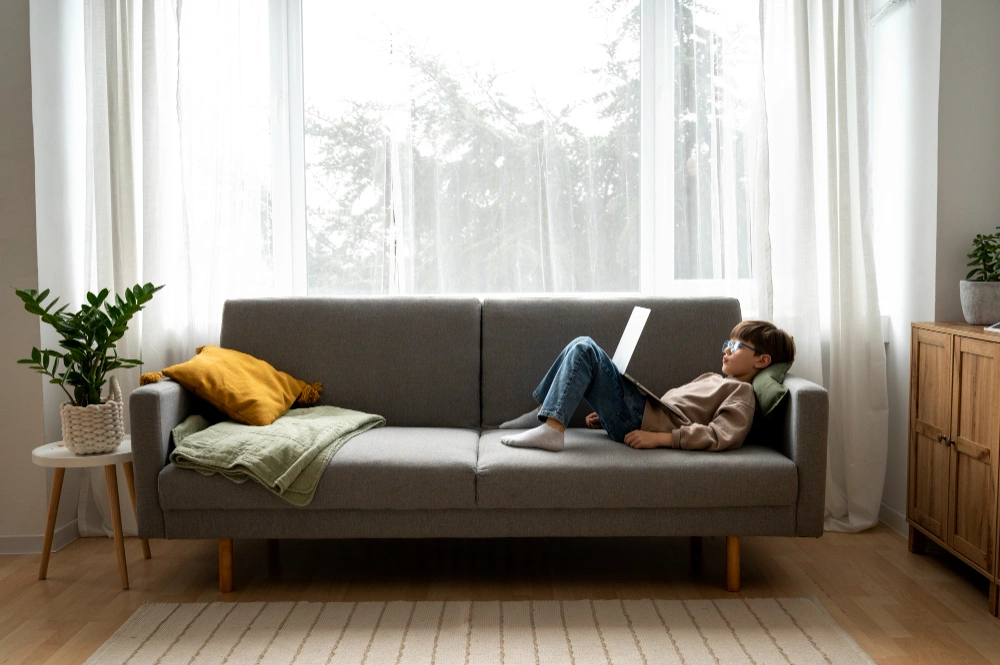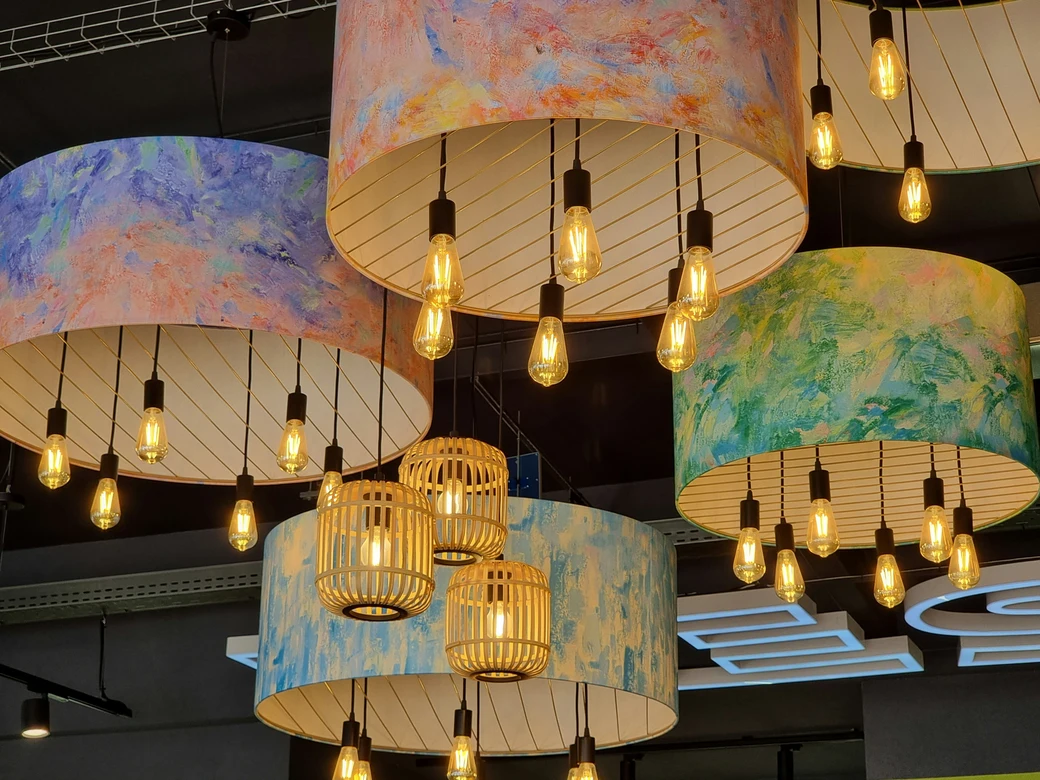Living in a small space doesn’t mean you have to sacrifice style or comfort. With thoughtful planning and creative design choices, you can transform even the most compact rooms into open, airy environments that feel much larger than they are. In this guide, we’ll show you how to make a small space feel bigger using proven, practical strategies that interior designers swear by.
Whether you’re decorating a studio apartment, a tiny bedroom, or a snug living room, the right design principles can dramatically change how the space is perceived. Let’s explore 7 powerful ways to make a small space feel bigger without knocking down any walls.

1. Use Light Colors to Open Up the Room
Color has a huge impact on how we perceive space. Light shades like soft whites, pastels, pale grays, and muted neutrals reflect more light, helping to make a small space feel bigger. These hues create an illusion of openness and calmness.
Try using a monochromatic palette to maintain visual flow. When walls, ceilings, and furniture share similar tones, the eye moves more freely around the room, reducing visual clutter.
2. Maximize Natural Light (and Fake It If You Can’t)
Nothing makes a room feel more expansive than natural light. If you’re lucky enough to have windows, avoid heavy curtains or dark shades. Instead, use sheer drapes or blinds that let in light while maintaining privacy.
If natural light is limited, use layered artificial lighting—ambient, task, and accent lighting—to brighten up corners and remove dark zones. Mirrors also help make a small space feel bigger by bouncing light around the room and giving the illusion of depth.
3. Scale Down Furniture and Go Multifunctional
Oversized furniture can quickly overwhelm a compact room. To make a small space feel bigger, choose pieces that fit the scale of the space. Look for furniture with exposed legs and sleek profiles—it feels lighter and less bulky.
Multifunctional pieces like ottomans with storage, wall-mounted desks, or expandable dining tables serve multiple purposes without taking up unnecessary floor space. Floating shelves can help reduce the footprint of heavy bookcases or cabinets.
4. Embrace Vertical Space
When floor space is tight, think upward. Use vertical design to make a small space feel bigger by drawing the eye to the ceiling. Tall bookshelves, hanging plants, floor-to-ceiling curtains, or vertical paneling can make walls appear higher and rooms feel more spacious.
Installing high-mounted shelves or artwork closer to the ceiling also stretches the visual height of a room, which creates a sense of grandeur even in modest square footage.
5. Keep it Clutter-Free with Smart Storage
Clutter is one of the fastest ways to make a small room feel even smaller. To make a small space feel bigger, adopt a minimalist mindset. Keep surfaces clear and organize storage so everything has a place.
Use under-bed storage, baskets, and hidden compartments to reduce visible clutter. Transparent storage containers and open shelving (kept neat!) can also work to keep items in view without overwhelming the room visually.
6. Add Mirrors and Reflective Surfaces
Mirrors are a classic trick to make a small space feel bigger. A large mirror opposite a window reflects light and creates the illusion of another window. This not only adds depth but enhances the natural brightness of the space.
Glass tables, glossy cabinets, and metallic decor elements have a similar effect. These reflective surfaces bounce light around the room and break up heavy materials, creating a feeling of airiness.
7. Use Rugs to Define and Expand
A well-placed rug can do wonders in a small room. To make a small space feel bigger, choose a rug that extends under furniture rather than a small mat. Larger rugs anchor a space and unify furniture groupings, making the room feel cohesive rather than choppy.
Go for light or neutral tones, and consider rugs with subtle patterns or stripes that elongate the room visually.
Final Thoughts: Small Space, Big Potential
Learning how to make a small space feel bigger is all about creating openness, clarity, and balance. From using light colors and reflective materials to embracing vertical storage and multifunctional furniture, small spaces thrive on intentional design.
You don’t need a massive home to enjoy comfort, elegance, and functionality. By applying these smart design tricks, you can make your cozy space feel like a sprawling retreat.
Explore more interior design tips that bring comfort and creativity into your home.
Check out the full collection in the Living Spaces category on Designs24hr!







